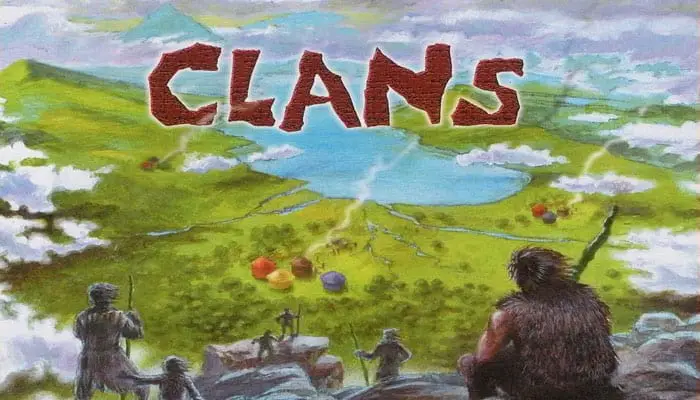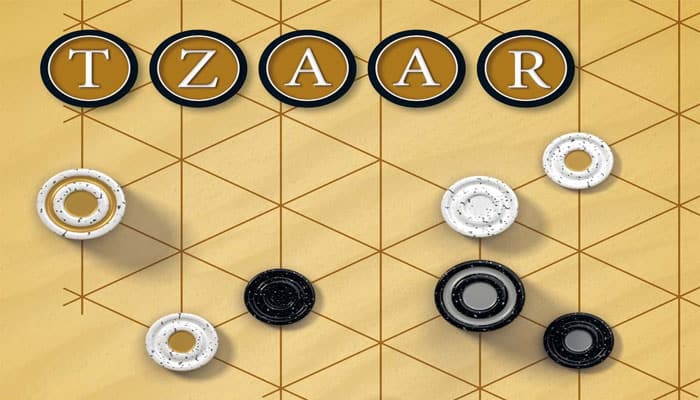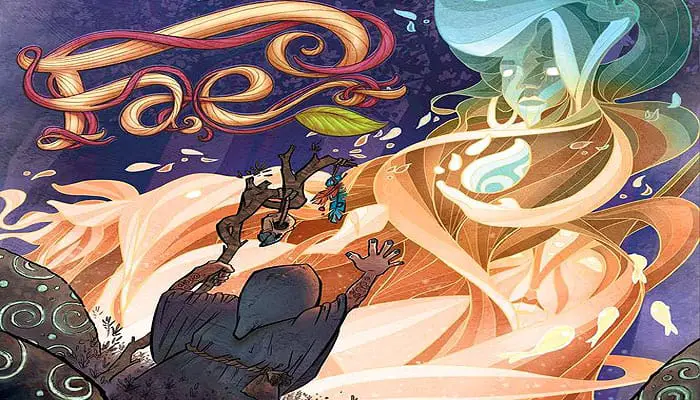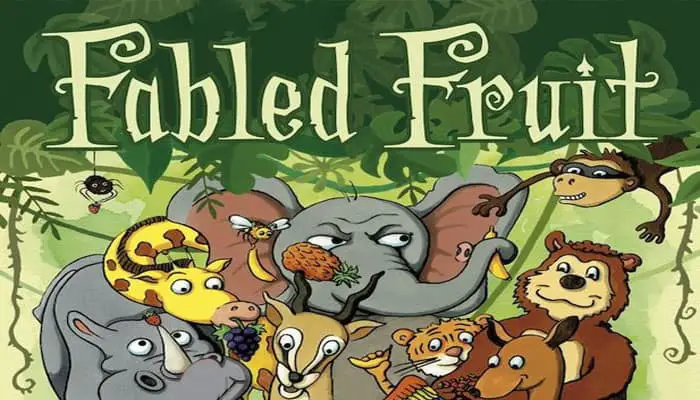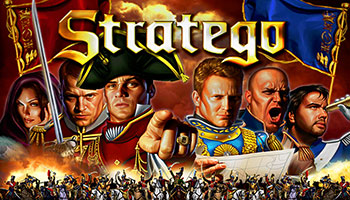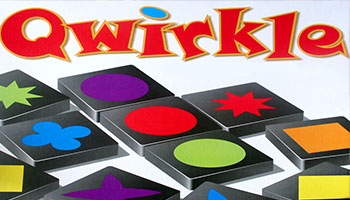
Try to get as high score as possible. 200+ points is a victory (which is quite challenging). But maybe you want to challenge yourself even more?
With 220+ points, you may call yourself Ringmaster; with 240+ points, you are simply Magnificent!
Setup Changes
Roll 1 die of each color + 2 clear dice and place them on the main tent. The remaining dice are placed in a reserve near the game board. Fill the MAIN DISPLAY with 4 master cards and 4 trainer tiles.
Draw another 6 master cards and choose 4 that you place in front of you as your starting cards. Shuffle the two leftover cards back into the deck. Draw 2 random trainer tiles from the deck and place one in your trainer area. …







